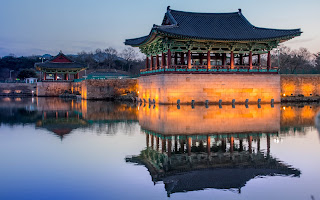The Historical Village of Hokkaido

The Historical Village of Hokkaido covers an area of some 54 hectares and is located in the Nopporo Forest Park in the suburbs of Sapporo City . This outdoor museum was opened to the public on April 16, 1983, to preserve the olden day structures and to show what the pioneer's life was like in Hokkaido . About 60 typical structures of the Meiji and Taisho era (Mid 19th to early 20th century) are restored in a site which is divided into Town, Fishing Village, Farm Village and Mountain Village sectors. Due to time constraints, we were only able to visit the Town sector of this massive area. Each structure is reproduced authentically with displays inside. Horse drawn trolleys in the summer and sleighs in the winter provide transportation for visitors along the main street, which is lined with old wooden and wooden buildings. I had the privilege to visit a doctor's clinic, a barber shop, police station, brewery, newspaper, and photography studio building to ...



